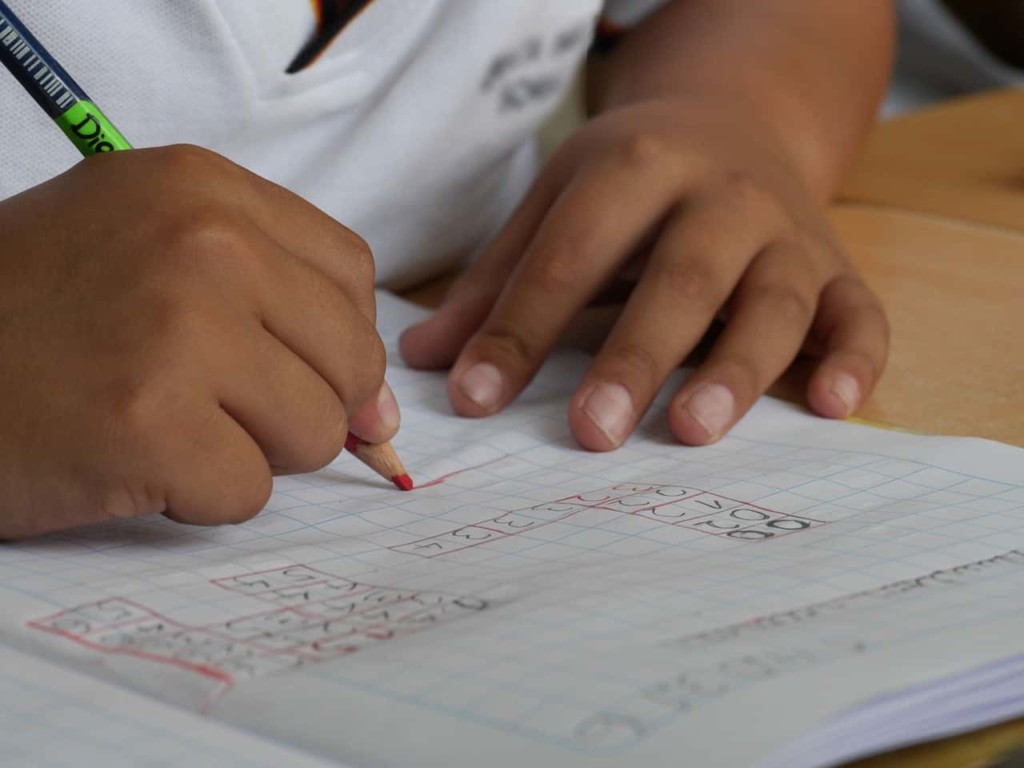What is Mastery Learning?

By: Scott Ellis
Mastery learning is THE transformational education innovation of our time. At its core, mastery learning enables students to move forward at their own pace as they master knowledge, skills, and dispositions. Effective implementation at scale will completely change how students learn, how teachers teach, and how schools work. It will revolutionize state testing, education research, and the labor market. It will transform how curricula are developed, how learning is measured, and how teachers are trained.
Yes, it is THAT big.
That is why it is so critical, and also why it is so difficult.
Recently an education colleague said to me, “I don’t understand why you talk about mastery learning as if it is so new. You act like you suddenly discovered fire—but fire has been around for a long time. So has mastery learning.” She’s right. Mastery learning as a concept and even as an instructional practice is not new, it has been around since at least the 1960s. If we think about licensure more broadly, the requirement of demonstrating mastery has existed where it mattered for centuries, from medieval guilds to modern driver’s licenses.
Over the last several years, a growing number of teachers, schools, and systems across the country have gradually started to move in this direction, with increasing awareness of mastery learning and its potential benefits for students and teachers. But it is challenging work. Most schools still use letter grades and manage the education process based on seat time requirements and pacing guides where teachers teach groups of students the same content at the same time. The entire system, including college admissions, scholarships, financial aid, and athletic eligibility, expects traditional grade point averages and often translates them into a four-point score. The current system is driven by teaching rather than learning, and all of its complex and deeply-rooted systems and practices are based on this paradigm. Educators have heard of mastery learning and some have even tried it, but America’s education system is not mastery-based.
Why a Mastery Learning Approach is the Future of Student Instruction
Over the past several years, educators have heard about and increasingly been exposed to terms like personalized learning and blended learning. These are closely related to mastery learning and often include concepts like differentiated instruction and the effective use of real-time data. Competency-based education and proficiency-based education are often used as synonyms for mastery learning in different regions and by various groups. But the essential and truly transformational element in all of these is the same: enabling students to move forward at their own pace as they master content.
Today, through technology, tools, and expertise, we have the ability to scale this model at a national level. We have reached a point where for the first time we could implement mastery learning across the entire American education system. We have defined the required elements and all the pieces exist.
The question is: will we choose to do it?
It will require innovation—in software tools, classroom practices, and policies. And innovation is challenging, especially in education.
Enabling Mastery Learning Strategies with Technology
Over the past several years we have made tremendous progress as a country in implementing the enablers necessary for mastery learning. More schools than ever before have sufficient internet connectivity to enable online systems to be an essential component of classroom learning. Laptops and tablets are widely available, and students (and increasingly teachers) are very comfortable using them. Teacher practices like rotation models and data-driven instruction have been defined, and many coaching organizations exist to help educators implement these practices effectively. Many software and online learning platforms have been developed and widely adopted as part of daily classroom learning.
The pieces are in place; the ecosystem is ready. It is now time to take the next step in the journey of innovation. System-wide implementation will, of course, require action at state, district, and school levels to address thorny topics like mastery-based high school transcripts, transitions from traditional grades to mastery-based measures of progress, alignment with parents and school boards about expectations, and numerous other critical issues. But an important catalyst to support this essential work is clarity about what exactly happens in the classroom. How do the student, the teacher, the learning resources, and the data actually interact on a daily basis to nurture the kind of mastery learning we are seeking? As the sector gets more experience the answers are getting clearer. It is time to transform America’s education system and implement mastery learning at scale.
What is required for this to happen?
5 Key Elements of Mastery Learning at Scale
In addition to continued implementation of the enablers described above, five key elements need to be present for mastery learning to occur at scale:
1. Specific, clear, demonstrable learning objectives. We must be clear what we want students to know and be able to do when learning has successfully occurred. Traditional high-level standards do not enable mastery learning; greater precision is essential.
2. Clear mastery thresholds for each learning objective. Students and educators need to know exactly what mastery means and how we know when the student is ready to move on to the next learning objective. Historically we have been mushy in our thinking about this topic; we must be clear. This applies to all learning objectives–the simple objectives that require computation and memorization as well as the very advanced objectives that require complex collaborative synthesis and application. All objectives must have clear mastery thresholds!
3. Clear processes for students to demonstrate mastery. The processes must be fully scalable: for every student and every learning objective. This also works to ensure equitable access for all learners.
4. Clear processes for teachers to assess mastery. These processes must also be fully scalable so it is feasible for teachers to assess mastery for every student and every learning objective (remembering that some students may need multiple attempts to demonstrate mastery depending on their level of readiness and the potential variety of assessment options available).
5. A system to effectively organize and display the data about mastery-based student learning progress. The data must be immediately and easily available to students, teachers, principals, and parents.
Once these elements are in place, mastery learning can occur. And once mastery learning systems are in place, they will improve over time. As teachers become accustomed to teaching in a mastery-based system, they will get better at using effective classroom practices and continue to hone their craft. Curricula will re-align to specific learning objectives and mastery thresholds, and they will support mastery-based teaching and learning more effectively. As schools generate and then review data about mastery-based student learning progress, they will be able to identify promising practices to adopt and scale. These parts of the system do not need to be in place at the beginning, but rather will develop over time. But without the five key elements described above, mastery learning simply cannot occur at scale.
None of these elements are particularly revolutionary or complex at first glance. However, very few of them actually exist today at scale or in ways that are scalable.
But innovation is starting. The enablers are in place.
The time has come.
For more, see:
- Four Mega Trends Reshaping Global Learning
- Smart Review | MasteryTrack: Powering Competency-Based Learning
- The Case for Competency-Based Education
This blog is part two of a series on mastery learning, sponsored by MasteryTrack. If you’d like to learn more about our policies and practices regarding sponsored content, please email Jessica Slusser. For other posts in the series see:
Stay in-the-know with all things innovations in learning by signing up to receive our weekly Smart Update.
Scott Ellis is the Founder and CEO of MasteryTrack. You can find him on Twitter: @MasteryTrack.




Troy Williams
Great article!!! But what do you mean by "at scale, mastery learning at scale." Where can I see an actual execution of the mastery learning strategy?